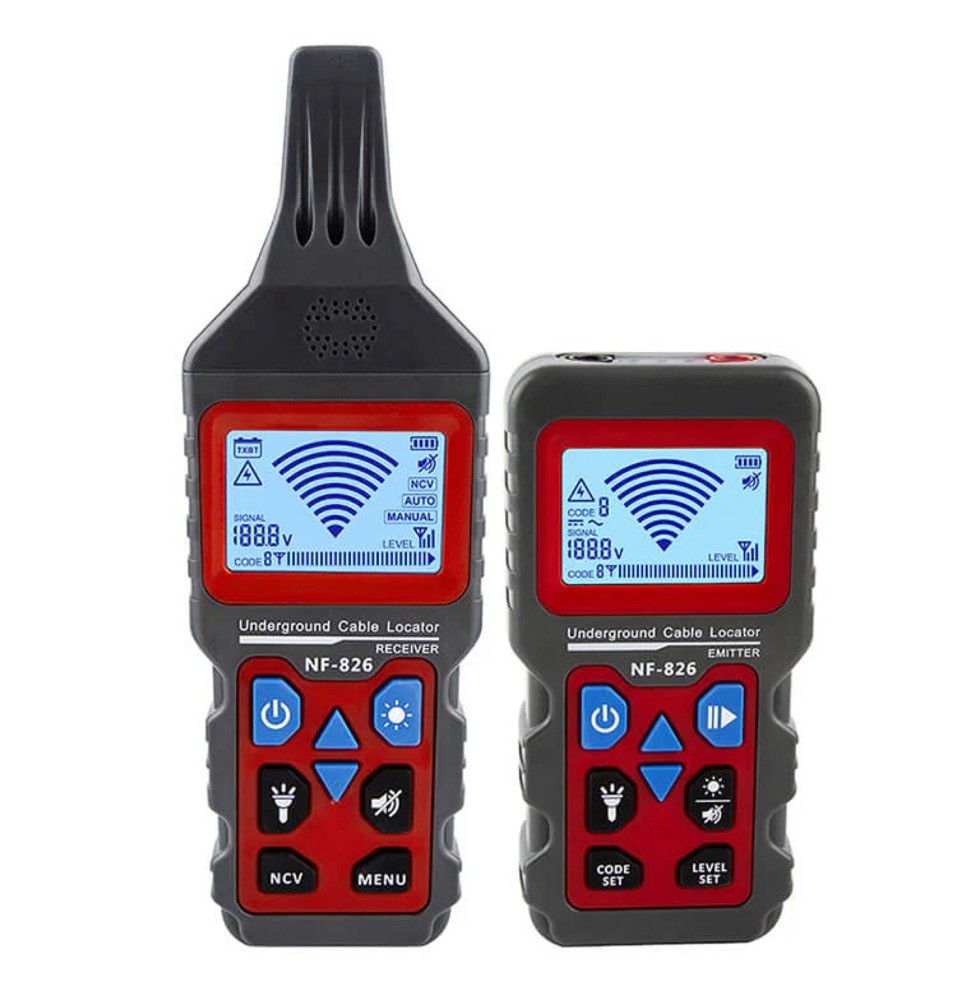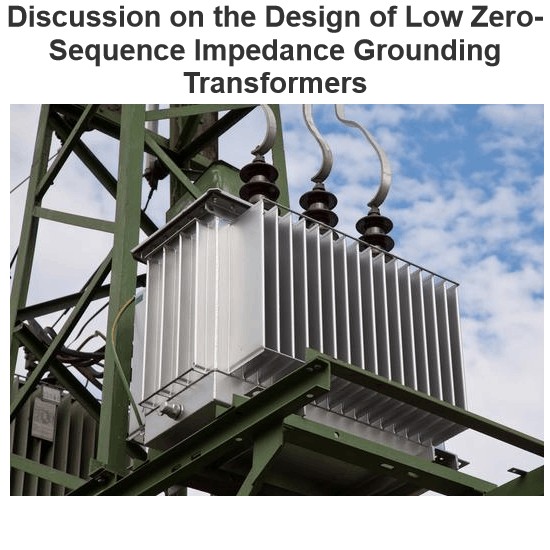| Brand | Wone |
| Model NO. | UT22B-EU Voltage Tester 6V-400V Electricians And DIYers To Measure AC/DC Voltage |
| Frequency range | 50/60Hz |
| Voltage range | 280V~400V |
| Series | MDT 22B-EU |
Description
The UT22B-EU voltage tester is a simple to use tool for electricians and DIYers to measure AC/DC voltage. This voltage tester is IP54 rated, and designed to withstand a 2-meter drop. The great thing about this product is that it does not require any battery, its power is supplied by the voltage being tested! UT22B can automatically distinguish between AC and DC voltage, indicated by the number of LED lights.
Feature
Certifications: CE, UKCA
Automatically detect AC/DC voltage
Automatically indicate DC polarity (+/-)
Hazardous voltage indicator when voltage >50V
Auto detection of AC/DC
Input protection
Specifications



How the input protection circuitry in the voltage tester is protected?










